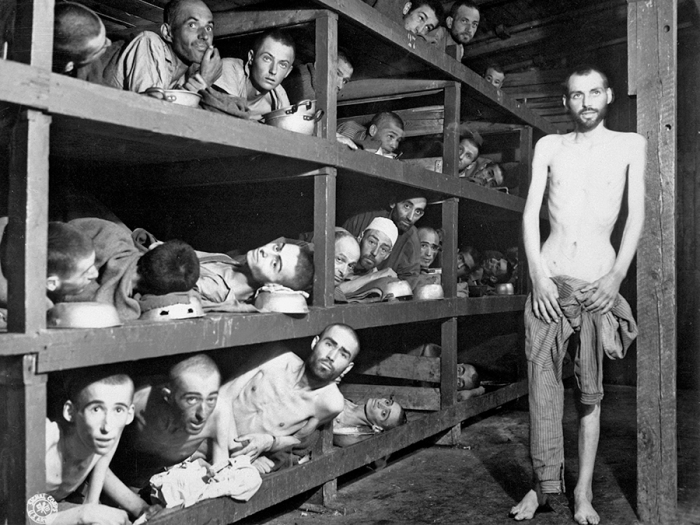For the anti-Semitic Nazis who met at the Wannsee Conference in Berlin on January 20, 1942, this mass murder was the “final solution” to the so-called Jewish question. The deliberate and systematic destruction of a group of people because of their ethnicity, nationality, religion, or race was given a name, “genocide,” by Raphael Lemkin, a Polish-born jurist who served as an adviser to the U.S. Department of War during World War II. Genocide was made a crime that was punishable under international law by the United Nations General Assembly in December 1946. But how did this most infamous of genocides become known as the Holocaust?
In the years immediately after World War II, Yiddish-speaking Jews and survivors of Nazi persecution called the murder of the Jews the Ḥurban (“Destruction”), the same word used to denote the destruction of the First Temple in Jerusalem by the Babylonians in 586 BCE and the destruction of the Second Temple by the Romans in 70 CE.
In Israel and France, Shoʾah, a biblical Hebrew word meaning “catastrophe,” became the preferred term for the event, largely in response to director Claude Lanzmann’s influential nine-and-a-half-hour 1985 motion picture documentary of the same name. The term Shoʾah is also preferred by speakers of Hebrew and those wishing to be more particular about the Jewish experience or who are uncomfortable with the religious connotations of the word Holocaust. The term Shoʾah emphasizes the annihilation of the Jews—not the totality of Nazi victims, which also included the Germans deemed intellectually, physically, or emotionally unfit who were murdered through the T4 “euthanasia” program, as well as the Roma and Sinti (pejoratively known as Gypsies), homosexuals, and Jehovah’s Witnesses.
The word Holocaust is derived from the Greek holokauston, a translation of the Hebrew word ʿolah, meaning a burnt sacrifice offered whole to God. This word was chosen, and gained wide usage, because, in the ultimate manifestation of the Nazi killing program—the extermination camps—the bodies of the victims were consumed whole in crematoria or open fires.
Read the original article on britannica.com.
More about: Holocaust
















































